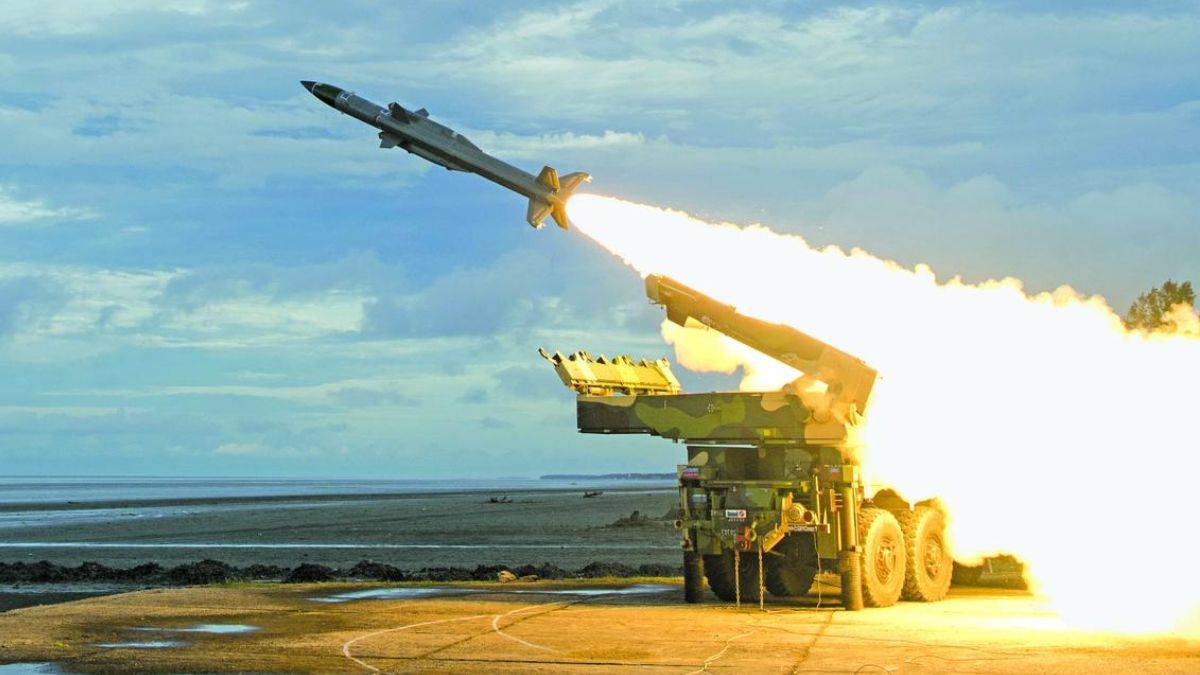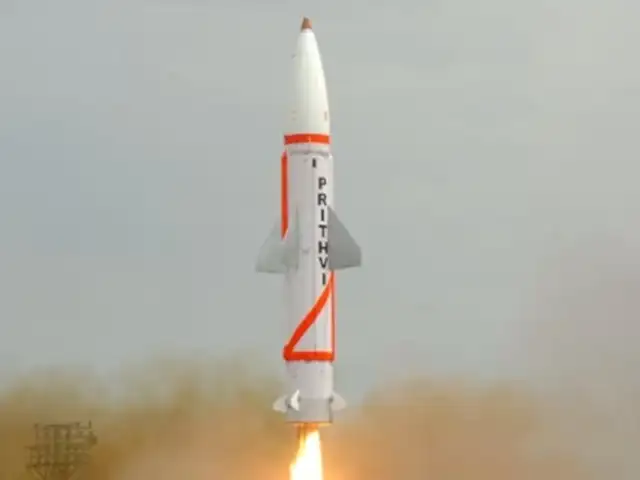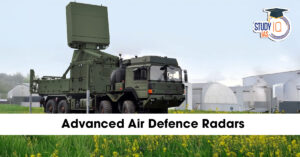Table of Contents
Context: India successfully tested the Akash-Prime in Ladakh and Prithvi-2 & Agni-1 from Odisha.
About Akash Prime Missile
- It is an enhanced version of the Akash missile system, specifically optimised for operations in high-altitude regions (above 4,500 metres).
- It is a medium-range surface-to-air missile (SAM) system designed to defend mobile, semi-mobile, and static military assets against various aerial threats.
- Major Upgrades:
- Indigenous Radio Frequency (RF) seeker: Enabling it to emit radio signals and accurately track and engage targets during the final phase of its flight.
- Performance: To ensure reliable performance in low-temperature and high-altitude conditions.
- The missile can engage targets within a range of approximately 25 to 30 kilometres.

About Agni-1 Missile
- It is a medium-range ballistic missile (MRBM) with a range of 700 to 900 km.
- It is a single-stage, solid-fuel missile.
- Recent Upgrades:
- An advanced guidance system for enhanced accuracy.
- A new warhead to improve its destructive capability.
- Inducted by the Indian Army’s Strategic Forces Command in 2007 for operational deployment.
- Agni-1 is a product of India’s Integrated Guided Missile Development Program (IGMDP), which began in 1983.

About Prithvi-II Missile
- Prithvi-II is a surface-to-surface, nuclear-capable short-range ballistic missile (SRBM).
- It has a strike range of 350 km.
- Powered by liquid-propelled twin engines, offering high thrust and flexibility.
- Equipped with an advanced inertial guidance system and a manoeuvring trajectory, ensuring high-precision targeting.
- It is a proven and reliable missile system of the Indian armed forces.
- Inducted into service in 2003, it has since been part of India’s strategic arsenal.
- Prithvi-II was one of the first missiles developed under the Integrated Guided Missile Development Programme (IGMDP) launched by the Government of India.



 Advanced Air Defence Radars: Types, Comp...
Advanced Air Defence Radars: Types, Comp...
 Ion Chromatography, Working and Applicat...
Ion Chromatography, Working and Applicat...
 Broadly Neutralising Antibodies (bNAbs):...
Broadly Neutralising Antibodies (bNAbs):...

























